The second floor consisted of family rooms, with the master bedroom, dressing room, bathroom and sitting room all connected. There was a bathroom for the guests to the right of the stairs leading to their bedchambers. At the top of the main staircase was a bedroom used by Donn’s cousin, Virginia Piatt who was a companion to Ella. In the East Tower room was the Catholic Chapel. A circuit riding Priest would come and provide services for them. The West Tower room could be used to read, write or draw as it was filled with light and offered beautiful view. In the side hallway was Donn’s Den where he would do work and write. At the end of this hallway were several steps down to three rooms that were the servants sleeping quarters. Back then, the servants never lived on the same level as those who owned the house.
On the third floor were two elegant guest bedrooms. Both had a sink and the bed was back in a cubby hole and during the day a curtain would be drawn covering the bed area and the room used as a sitting room. There were two tower rooms for the guests to use while they visited and they could see for quite a distance. Donn had a private study on the fourth floor West side tower room which was one room and very small. In the middle of the third floor wide hall was a small hallway that led to the guest’s maids sleeping quarters, so they would be close at hand when needed. Here too, were a couple of steps down with a room on either end and with trunk storage in between. The farm was situated behind the house over the hill which consisted of outbuildings and a barn or two. Donn raised animals as well as several kinds of crops. During their time at Mac-O-Chee Castle, when not entertaining, Donn continued to write and Ella, an artist, to draw and paint. Donn died in November of 1891 from an illness. Folks came from miles around to pay their respects with the funeral procession running from Mac-O-Chee Castle to the Piatt Cemetery over a mile away. Ella continued to live in the castle for five more years but it was too big and lonely for just her so she had another house built overlooking the castle from the hill across the road. Ella put the castle up for sale in September of 1896. Items from the house, livestock, farm machinery and several farm outbuildings were all sold. The first owner was Dr. Thurman who ran a health spa for the wealthy. He added on to the one room stone lodge at the end of the walk that Donn used for a writing retreat during warm weather and used that for his office, exam rooms and it was where he lived. His guests stayed in the castle and enjoyed relaxing in the country. After two or three years Dr. Thurman died and his son sold the property. The next owner was Graham Denmead from Columbus who purchased the property so his children could grow up in the country. He added the second floor over Thurman’s house and lived there. Later he rented the castle to the Blackwell family and they lived in the back of the house and farmed the property for Denmead. People driving past the house and would stop and ask to see the castle so Denmead opened it for tours with the Blackwell family showing people through the house. Denmead sold the Castle and the property was purchased by two different people. The Smucker Sisters bought the house next to the castle and lived there for many years running a craft and art store from the barn. In 1945 the castle was purchased by Cameron Turner from Florida. Cameron was a wealthy lady who brought four tons of large, heavy Mediterranean style furniture to the castle. She had tours of the house to showcase her furniture. Occasionally she stayed at the castle and chose the bedroom at the top of the front stairs. Turner died in the mid 1950’s so once again the Castle was up for sale. Thankfully, Mac-O-Chee Castle was bought back in the 1960’s by descendants of Donn’s brother Abram, Bill and Jim Piatt. They purchased furniture following the pictures that Ella took of the rooms; if not original it’s as close to time period as they could. They started offering tours at Mac-O-Chee and have been doing so ever since. As with any 150+ year old building Mac-O-Chee Castle shows the wear of time, but is still worth visiting. Take a step back in time to a different era and catch a glimpse of how Donn and Ella spent their time in their grand old country home. Abram Sanders Piatt was born in Cincinnati in 1821, the youngest child of Benjamin and Elizabeth Piatt. He moved to the Mac-A-Cheek Valley with his family as a young lad, enjoyed country living and was raised to work on the farm. Boys used to do whatever their Dad did for a living. Benjamin was a farmer and a lawyer/judge so Abram followed his father into farming. He attended Athenaeum College, today known as St. Xavier. After graduation he came home to work on the farm alongside his father. In 1840 he married his first cousin Hannah Ann Piatt (1823-1861) from Boone County, Kentucky and they had eight children together. The family lived in a house that sat near where they built the castle later on. The first house was moved later to east 245 for another family member to live in and is still there today. It has the same type logs holding up his front porch like he put on his fathers. Hannah got sick and died two days before the start of the Civil War. Abram was among the first to volunteer to President Lincoln’s call for men to fight in the Civil War. He raised and financed the 34th Ohio Piatt Zouaves Brigade. They were called thus because of the fancy red legged uniform they wore, which were soon discarded. During his service for the Union he advanced to Brigadier General and left the field because of an attack of Typhoid Fever. Abram, his brother Donn and Cousin John published a newspaper called The Mac-A-Cheek Press. It was a literary and political paper which was stopped when the men went to war. He was a journalist, wrote poetry and fiction stories. After the war he returned home to life as a gentleman farmer, local politician, books and literary pursuits. He contributed to magazines such as the North American Review. In 1864 he married a second time to Eleanore Watts (1834-1899) and they began building Mac-A-Cheek Castle in 1864 and finished seven years later in 1871.
The third floor held the stage for musical instruments surrounded by the ballroom. Stairs continue up two more flights to the top of the Tower Room which over looked Smiling Valley.
The basement was split into two sections. The west side was family use and the east side was the Kitchen where the Irish Immigrants prepared meals and did household chores. The meals where sent up to first floor by a Dumb Waiter, which ran on a pulley system and was moved to a Lazy Susan on the opposite side of the double doors. In the back of the second floor were the servants living quarters which consisted of several small rooms. The back stairs were much harder to negotiate than the front stairs, which was very common in those days. The servants in that day and age also lived on a lower level, usually a few steps, than the family did. This was a way to remind them they were not equal to the family. A bathroom was added on the first floor in the tower room stairway in 1890. No more chamber pots or outside privies were needed. Originally the farm had 1,600 acres on which they had oats, wheat and rye crops. They raised animals for food, breed horses and cattle and were popular in horse racing and had a race track on their property. They had a grist mill, saw mill, blacksmith shop, and barn. A stone dwelling which was the care takers cottage and also used as a chicken coop (still there today), ice storage, laundry room, and there was a pump house on the other side of the Mill Race. Even the family dogs had it made with their own stone “Castle” dog house built right onto the big house. The Democratic Club Newspaper was in the White building, which was on the North West corner of Baird and Detroit streets. Abram adjusted the moveable alphabet, did presswork and rolling alternately. This building was destroyed in the Big Fire of 1880. Abram was active in the Grangers and they held their meetings on the third floor in the old ballroom. The Grangers were a Coalition of American Farmers that fought against monopolistic grain transport following the Civil War. He married Emilia Belle Murrey (1873-1967) in 1902 and Abram passed away on March 16th, 1908. His son, William McCoy Piatt moved in and he was the one who started the tours in 1912. He contributed the Native American Artifact collection in the Drawing Room and had antiques of his parents and grandparents on display. William’s son Mac was next in line but sadly he and his wife died in the Influenza Epidemic of 1918-1919. This left their two small sons, Bill and Jim without parents. Grandpa and Grandma Piatt took them in to care for them as well as two of his daughters, Bertie and Margurete. Bill married Frances and they had two children, Billy and Margaret (Peggy). Billy passed away in 1990 and the family home passed down to Margret. The house has not been lived in since 1985 after Margaret’s Mother moved away. Margaret’s daughter Kate helps with the website and events when she is home for a visit. A castle home lived in by several generations of Abram’s family is still loved today by visitors who stop by for a tour and a chance to step back in time to see how life was lived during a different, simpler era.
The children included oldest daughter Hannah who did not want to move to the country and youngest daughter Martha who loved the novelty of change. Daughter Arabella McCullough and her daughter Elizabeth who was visiting them at the time, was excited for her parent’s new venture. Eight year old son Donn and Abram at six years old were the two youngest in the family. The servant girl, Patsey Jackson also traveled with them. The oldest son, Wykoff was already established as a lawyer in Cincinnati. Benjamin was a court circuit Judge which required him travelling a lot. He also built a saw mill on his farm property and had an orchard which he took great care of. Elizabeth set up house for the family, making durable rugs that lasted for many years. She also worked on the landscaping, with walks, planted hedges, fish pond, flowers beds and borders of roses, Lilacs and wax-berries.
The family moved temporarily to Cincinnati so the younger boys could get the proper schooling. The farm was rented to Mr. Seig with the understanding that Benjamin and his family would live with him during the summer months. Benjamin practiced law with his son, Wykoff while in Cincinnati. Three years later the family returned to the farm for good. They discussed building a new home but too many memories of the cabin won and a compromise was made to update the outside by adding weather board and plaster to the inside. At this time Benjamin built a mill for flour making, a huge barn, tenant houses and other buildings. Near the front gate was Benjamin’s law office, where Donn studied law from his father. The home had many visitors over the years and the family enjoyed picnics at “Bald Knob” and “Squaw Rock”. They had driving and riding parties with their ponies; Blue, Dick and Fidget and fun with the pet dog, Fuz. Benjamin and Elizabeth also took care of Abram’s children after the death of his wife during his service in the Civil war. Over the years, besides their children and grandchildren who lived with them they also adopted orphans or took others children into their home for a total of seventeen. Benjamin passed away on April 28th, 1863 when he was eighty four years of age after a carbuncle developed. Three years to the day Elizabeth passed away at eighty six in 1866 from natural causes. As family passed away into death the little cabin sat empty of the life that made it a cherished, loving home. Then in 1975 the property was bought by Dave and Jane Younkman who were planning on building a home nearby. They discovered the house, falling apart, covered in brush and brambles, barely recognizable as it once was and discussed what they should do with it. After researching the property and finding out the history of the cabin in the woods the Younkman’s restored the home and opened an antique gift shop called, “The Pioneer House.” They shared the cabin’s history with their customers. Jane’s health declined so the cabin property was sold on February 20th, 2004 to Matthew Jones. It was thought he would keep the gift shop business going but sold it instead. Michael Kuntz and family purchased the property on December 29, 2008 and were the first to live in the house after many years. They added the full bath and updated the kitchen in the home.
Don't forget to get your bid in the Christmas Tree Silent Auction at West Liberty Town Hall. We have nine beautifully decorated trees up for bid.
They also had three girls they took in while in Cincinnati, all were married form the Piatt home. The fourth, Patsey, was a poor idiot girl. She was abused by her master so Elizabeth trained her to be a good servant.
At Mac-O-Cheek, their home in West Liberty, they added fourteen more children to their family. Five granddaughters and two grandsons went to stay with Grandma and Grandpa for awhile after the death of their mothers. Six more girls and one boy not related, also made their home with Benjamin and Elizabeth. The Piatt's were of Catholic Faith. The nearest Catholic Church in Columbus, was three hours away by horse and buggy. Elizabeth wished for Benjamin to build her a church near their home. Benjamin was more inclined to build things like the sawmill that would bring in money first. One day Benjamin was called off to Cincinnati on urgent business. As soon as he left, Elizabeth told the workers to stop what they were doing and supervised the building of a log hewed chapel. She had them use the wood set aside for building a workshop. It was completed before Benjamin arrived home and was affectionately named St Elizabeth Catholic Chapel. Elizabeth was very compassionate toward the slaves and the ordeal they were going through to get to freedom. That is why she ran a stop on the Underground Railroad from her home. Benjamin was a Federal Court Circuit Judge, so it was his sworn duty to arrest anyone who helped the slaves escape. However, he and Elizabeth came up with a plan for her to run the stop while he was traveling for work. At the end of their gate stood a black lawn jockey. When Benjamin was gone a white flag was placed in the jockey's outstretched hand. When he was home the flag was removed signaling to the slaves that they should continue on to the next stop. Benjamin sent someone home a day early to give Elizabeth plenty of notice to make sure the slaves were gone by the time he arrived home. Since no records were kept on the Underground Railroad there are some who believe this to be true and some who don't. Elizabeth was a pioneering woman who took care her own and others, took charge when things needed done and changed the lives of the slaves who passed her way. She may not have been a well known figure from the history books but think of all the people whose lives she touched and changed forever. Sources- A Memorial Biography of Benjamin M. Piatt and Elizabeth, His Wife. The Adopted Children of Elizabeth and Benjamin Piatt by David Boysel West Liberty is gearing up for the Labor Day Festival this weekend at Lions Park. Something for everyone!
John Enoch spent eighteen years prospecting for gold before heading to the Miami Valley in the year 1815. It isn't known if he was hoping to strike gold but apparently what he did discover was well worth the trip. He was one of the early pioneers to settle in the valley, building a home then a gristmill which was powered by the Mad River and the Mac-O-Cheek Creek.
The settlement was known as Enoch's Mill until being founded in 1817, and then it was named West Liberty. In 1834 West Liberty was incorporated and vying for the main town in Logan County. Bellefontaine was more centrally located so they won the county seat. In the late 1880's Enoch's Mill was owned by Jacob Anstine and an additional service of providing electricity when a dynamo was connected to the water wheel. Since there were no meters at each home each user were trusted to use no more than five bulbs at once. The mill had a long history until it burned in a fire in 1962. Since it was not cost effective to rebuild, the mill was torn down. In the Memoirs of the Miami Valley, published in 1920, it states, “West Liberty is a pretty town and shines where it stands against the background of its green hill, with the waters of the Mad River and the “babbling Mac-O-Cheek” silvering the plain at its edge.” Ask anyone today why West Liberty is special to them you will get a myriad of answers. James Fraley, “Getting a nickel from Ross McIlvain for being a good boy and sitting still for your haircut, and got a nickel form Doc. Mikesell for not crying when I got a shot.” Nina May says, “Because Michael's Pizza has the absolute best Taco Pizza!” “Large enough to enjoy a variety of activity and people, small enough to care for one another,” says Ellen Vitt. Joyce Hilyer, formally of West Liberty says, “West Liberty is in my heart to stay.” So it's the size, people, memories, favorite restaurant, home town, and birth place for some, heart, spirit and more, all rolled into a great place to live. John Enoch must have agreed since he lived the remainder of his life in West Liberty. He may not have struck gold but he did hit the mother lode when he found such a beautiful valley in which to call home. Sources- Memoirs of the Miami Valley Historic West Liberty Ohio Sesquicentennial Booklet The fascinating events of the past helped shape the Mac-O-Chee Valley into the great place it is today. Tom Corwin, former Governor of Ohio, 1840-1842, said these words, “If there is a line where Mac-O-Chee ends and Heaven begins, it is imperceptible- the easiest place to live in and die in, I ever saw.”
Long before I made West Liberty my home, the valley was home to the Shawnee Indians. There were three Indian villages close to the area where West Liberty would be located years later. Mac-O-Chee was east of town, Pigeon Town was 3 ½ miles northwest and Wapotomica was below Zanesfield. The Mac-O-Chee villagers were the ones who gave the valley its name, “Macachack” which translated means “Smiling Valley.” The Indian village was located on top of a hill overlooking a section of the Mac-A-Cheek Creek. As the creek wound through the valley it curved around the hill on which the Indians lived. When the Shawnee people looked down at the creek it appeared to be smiling at them, thus the name, Smiling Valley. The Mac-O-Chee village was the headquarters of Chief Moluntha, Great Sachem of the assembled tribes. It was after the Revolutionary War that the white man began encroaching on Shawnee Indian territory. In 1875, a peace treaty was made with several tribes but the Shawnee refused to agree. In the fall of 1876, Colonel Benjamin Logan was commissioned by General Rogers Clark to attack the Mac-O-Chee towns. Logan sent Colonel Robert Patterson and Colonel Thomas Kennedy to the left and right wing, while he commanded the central division, with Colonel Daniel Boone and Major Simon Kenton leading the ranks. The Indians were warned but not soon enough because most warriors were hunting and the ones that weren’t were either killed or taken prisoner. Chief Moluntha surrendered along with three of his wives, one of which was known as the Grenadier Squaw, the sister of Chief Cornstalk, and several children. Colonel Hugh McGary defied orders to leave the Indians who surrendered unharmed, and in thinking he fought against the Chief at Blue Licks took the ax from the Grenadier Squaw and in a rage killed Chief Moluntha. It is said the remaining Shawnees left the area and established settlements in Blanchard Fork located in North West Ohio. My dad, Rev. Lee Birt Jr loved the early history of the area and explored West Liberty when he was a youngster. During a visit to St. Elizabeth’s Chapel and Cemetery he found a rock with Chief Moluntha’s name on it in the left section of the cemetery kept to bury people who were not family. Unfortunately, nothing remains of this section of the cemetery. There are headstones of beloved family members but you have to walk up the hill to see them. Only the two mausoleums can be seen from the road. The chapel still stood at this time but later burned down. Even though the Mac-O-Chee Village is no longer in existence, the legend of Squaw Rock remains and has been handed down, in stories and on paper, for many generations. During the raid on Mac-O-Chee led by Colonel Benjamin Logan, one of the soldiers spotted someone hiding behind a large rock (possibly where meetings were held) at the edge of the village and thinking it was a brave warrior he took aim and shot. Upon checking his target he found he had killed a squaw and upon closer inspection he found a baby boy lying beside her. He was so filled with remorse that he buried the squaw at the base of the rock and took the baby home with him to raise him as his own. The soldier also had a young daughter and the two children grew up happily together. As they got older they became great friends and fell in love with each other. However, the young girl was worried about what others thought about her marrying an Indian so she married a rich white suitor instead. The day after the couples were married they were found murdered in their cabin and the Indian boy was never seen again. Squaw Rock still stands on the hill overlooking Smiling Valley even though that section of the Mac-O-Cheek Creek is no more. It is a reminder that this land was special to those who lived here before in the beautiful Smiling Valley. West Liberty is our own little piece of heaven on earth, then and now. By Tami Wenger Sources: Mac-O-Chee Valley by Miss Karen Jane Gaumer, Urbana William Mac-A-Cheek Piatt ll Memorial Archive Memories of the Miami Valley The 53rd Annual West Liberty Labor Day Festival starts at the end of the month. Watch the video below to learn more about the 2018 festival's schedule of events, or click here to learn more! |
Rev. Tami WengerThe Village of West Liberty is Ohio's best kept secret travel destination. Come stay awhile in this quintessential Midwestern small town in the heart of the Buckeye State! Archives
March 2019
Categories
All
|
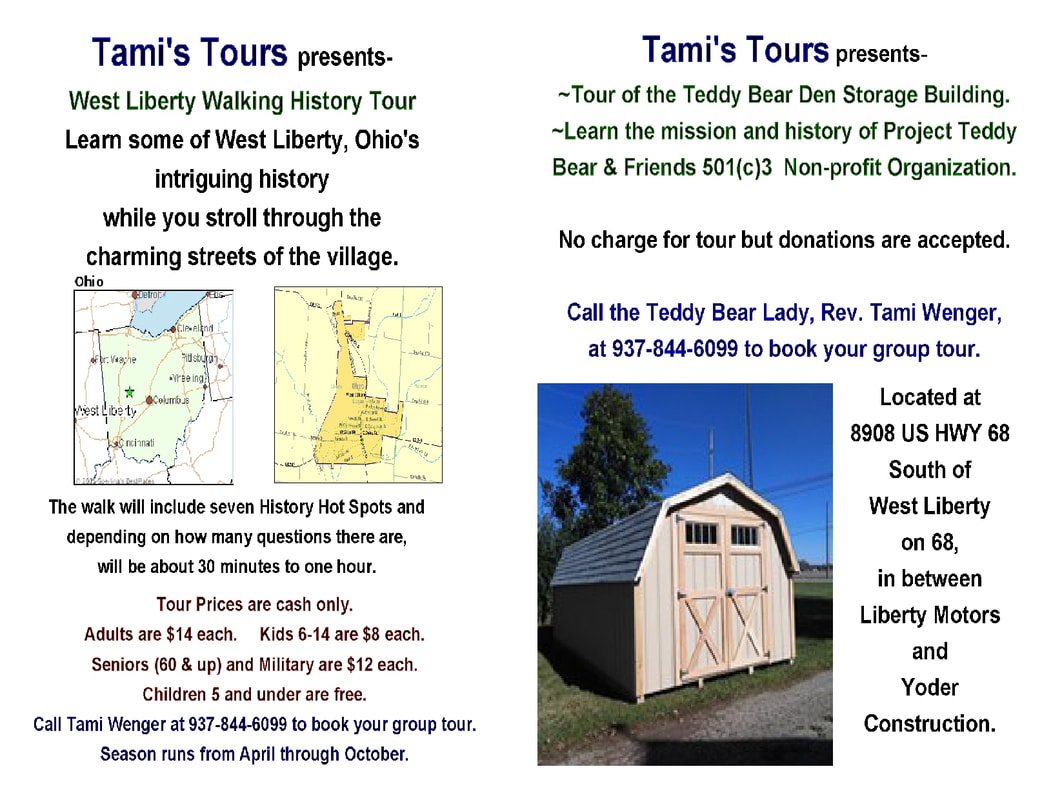
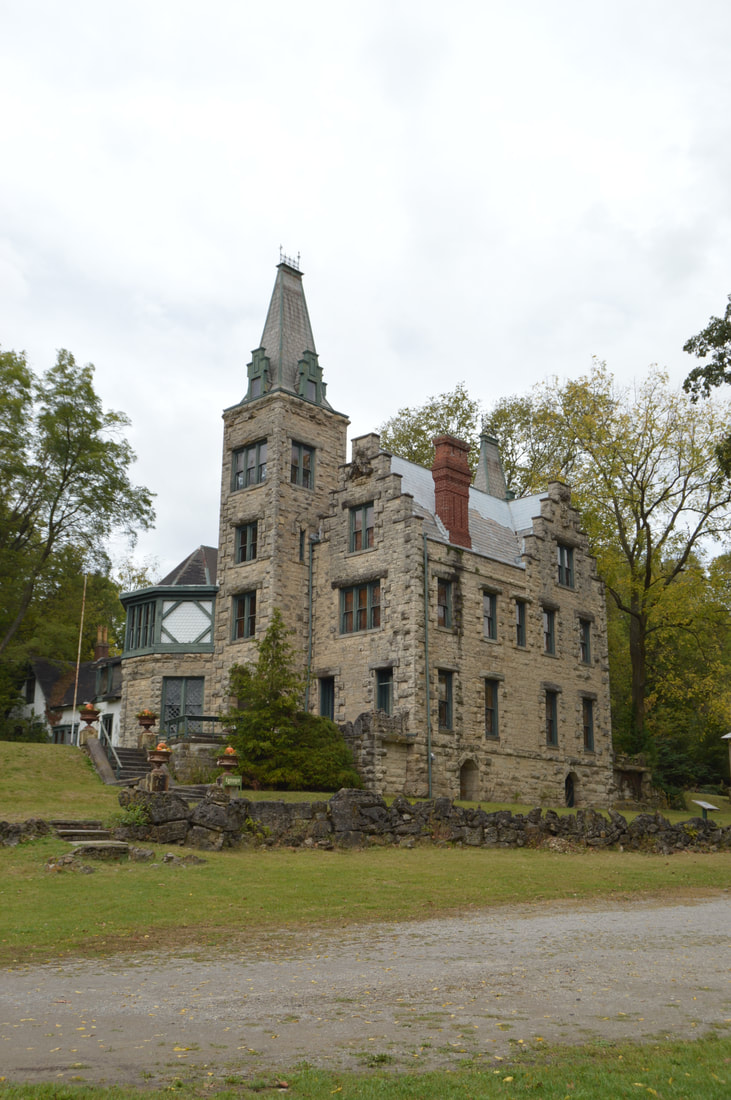
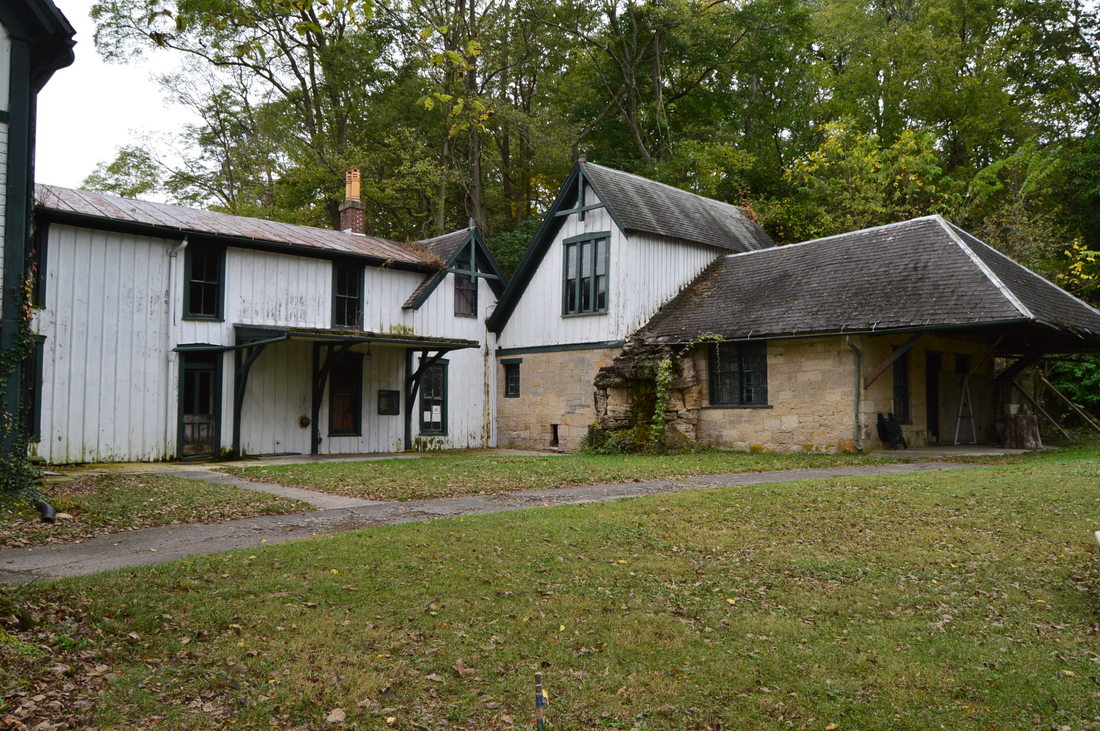
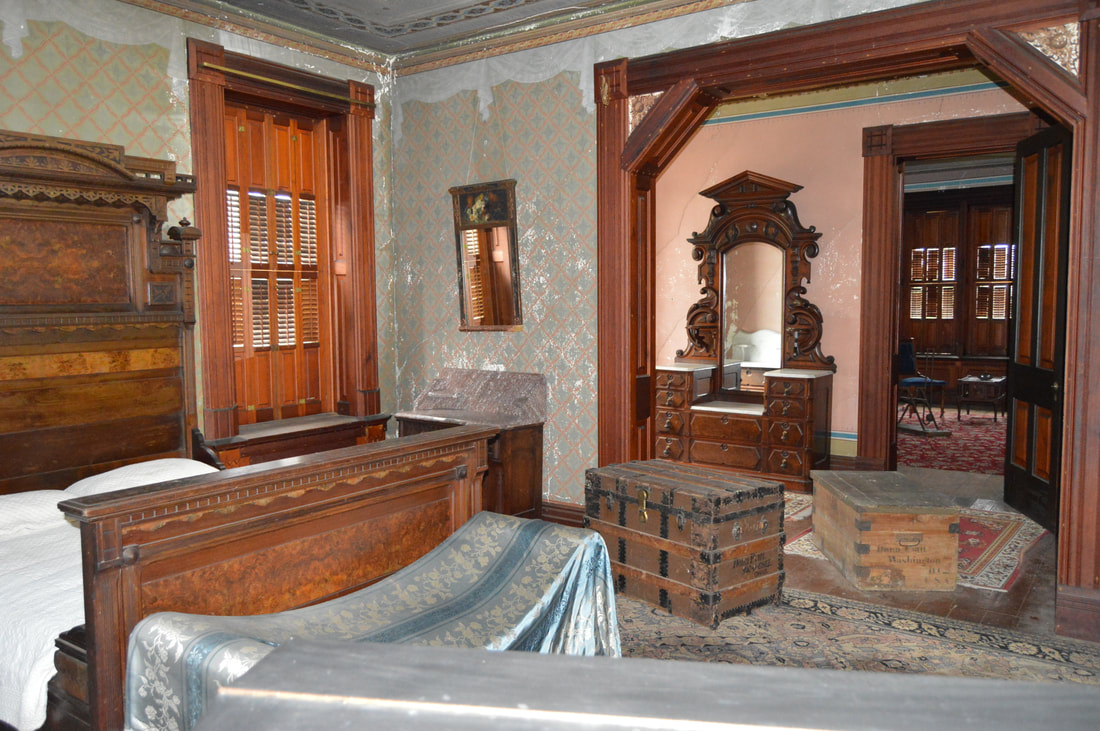
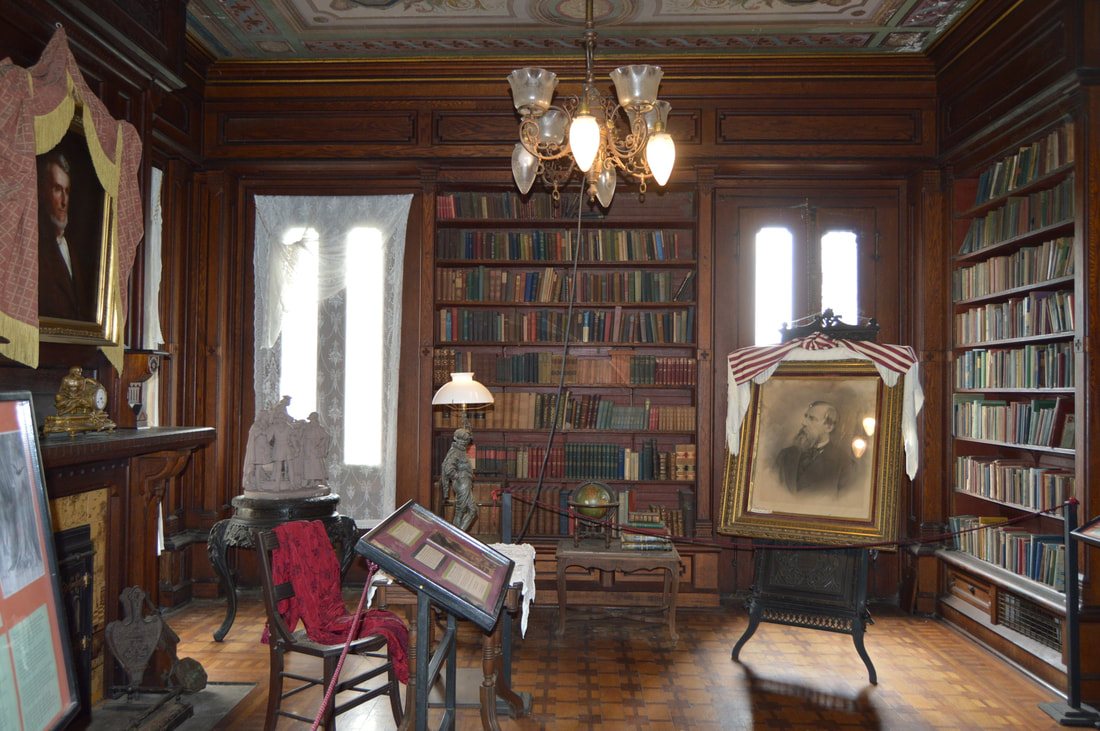
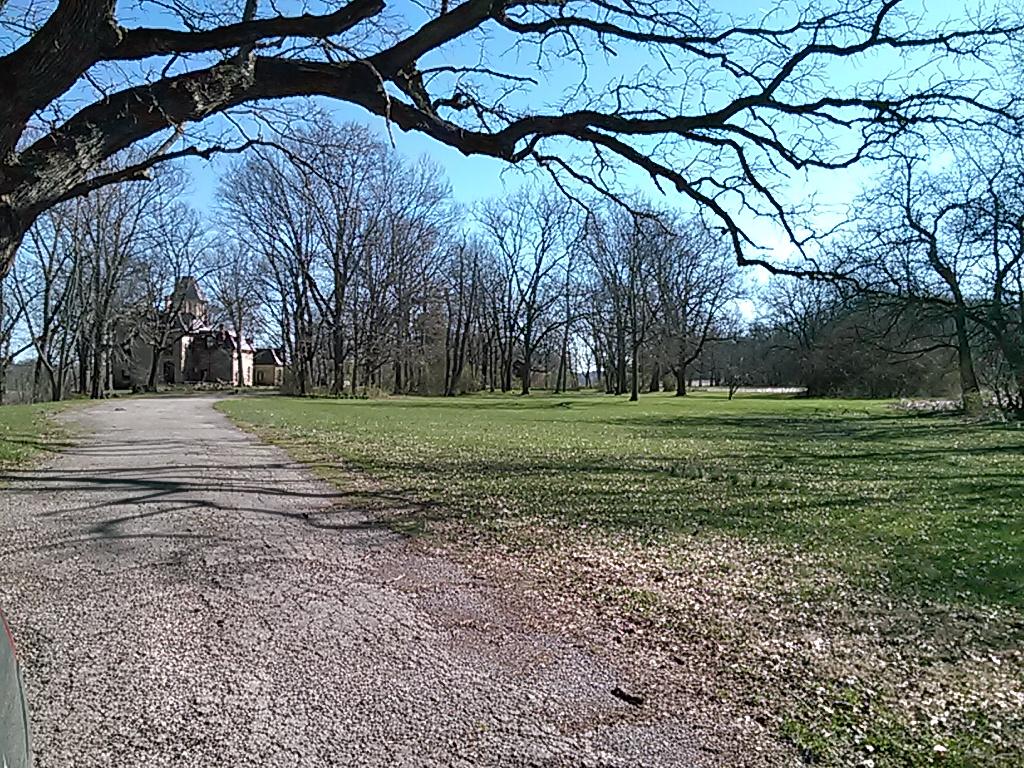
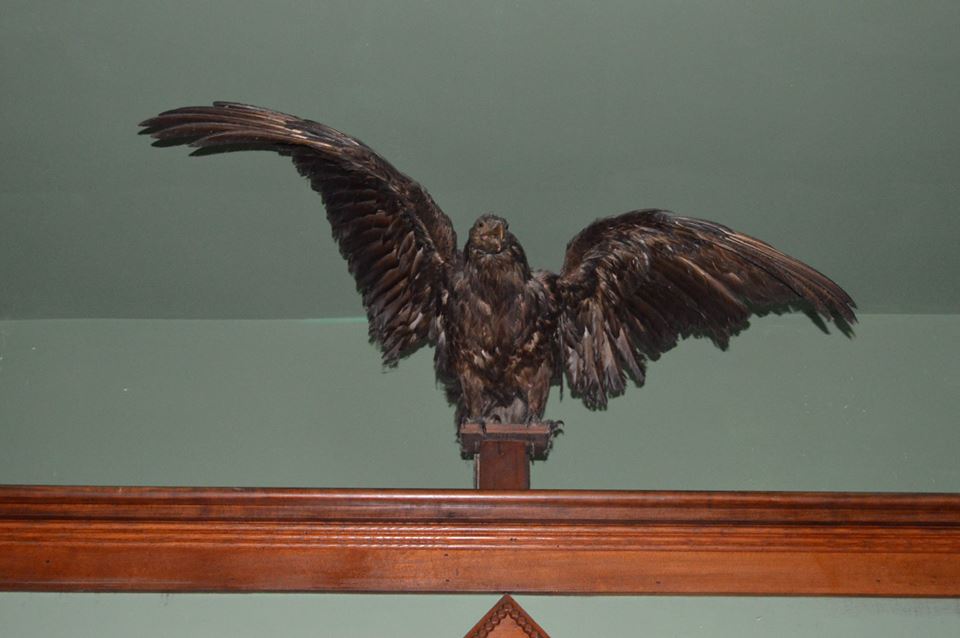
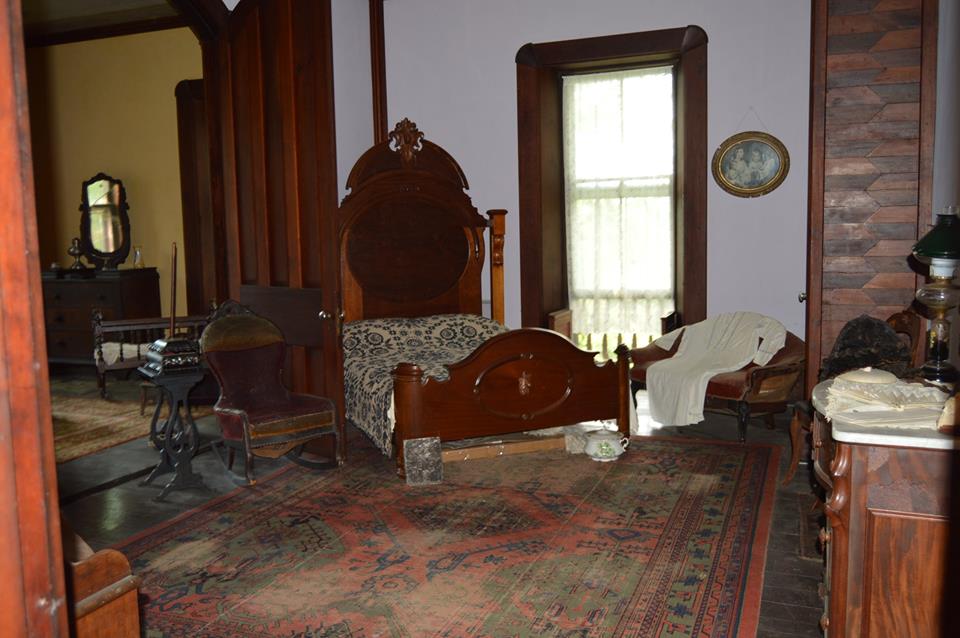
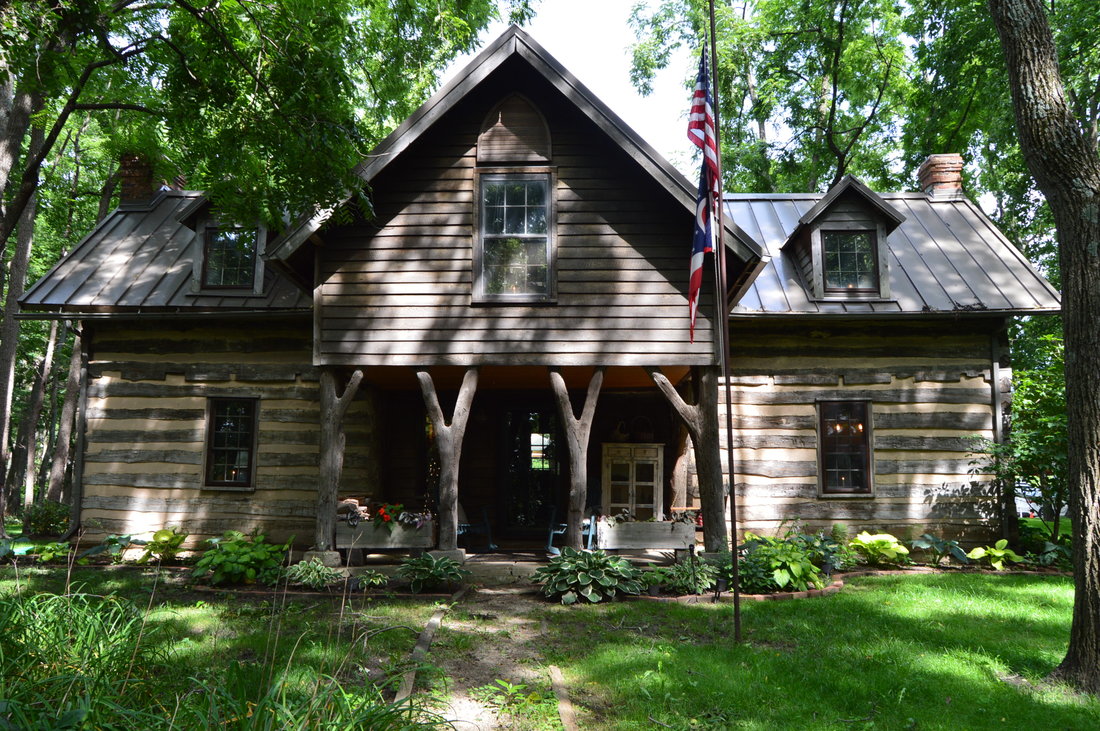
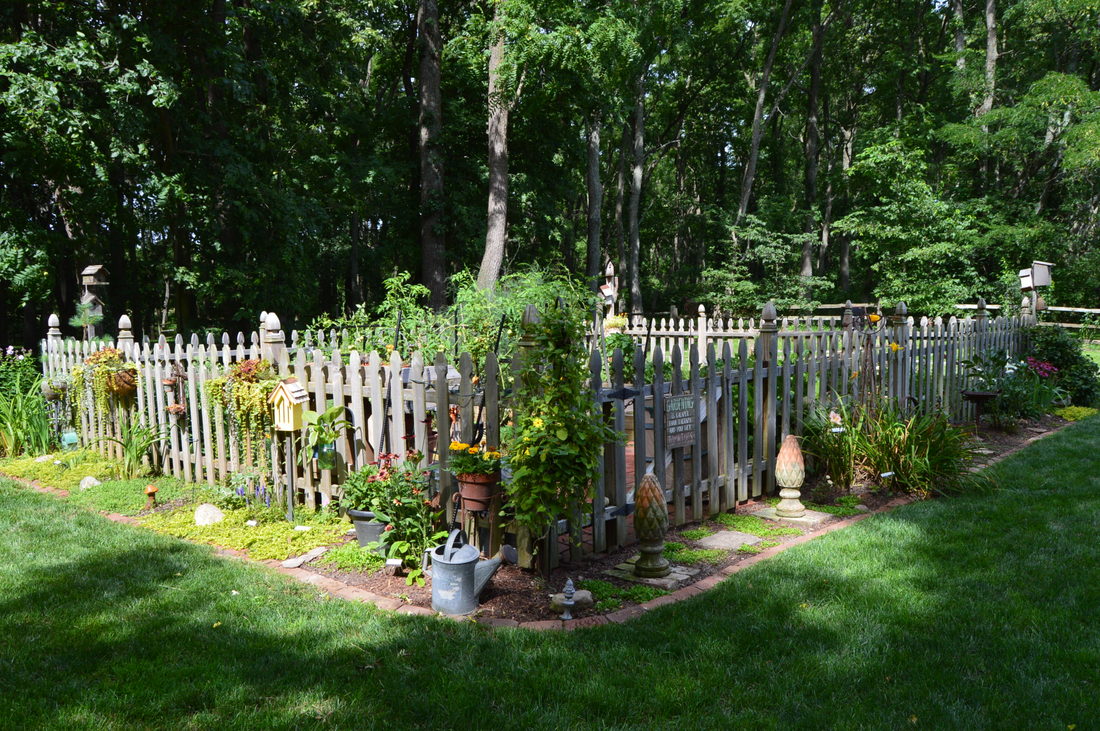
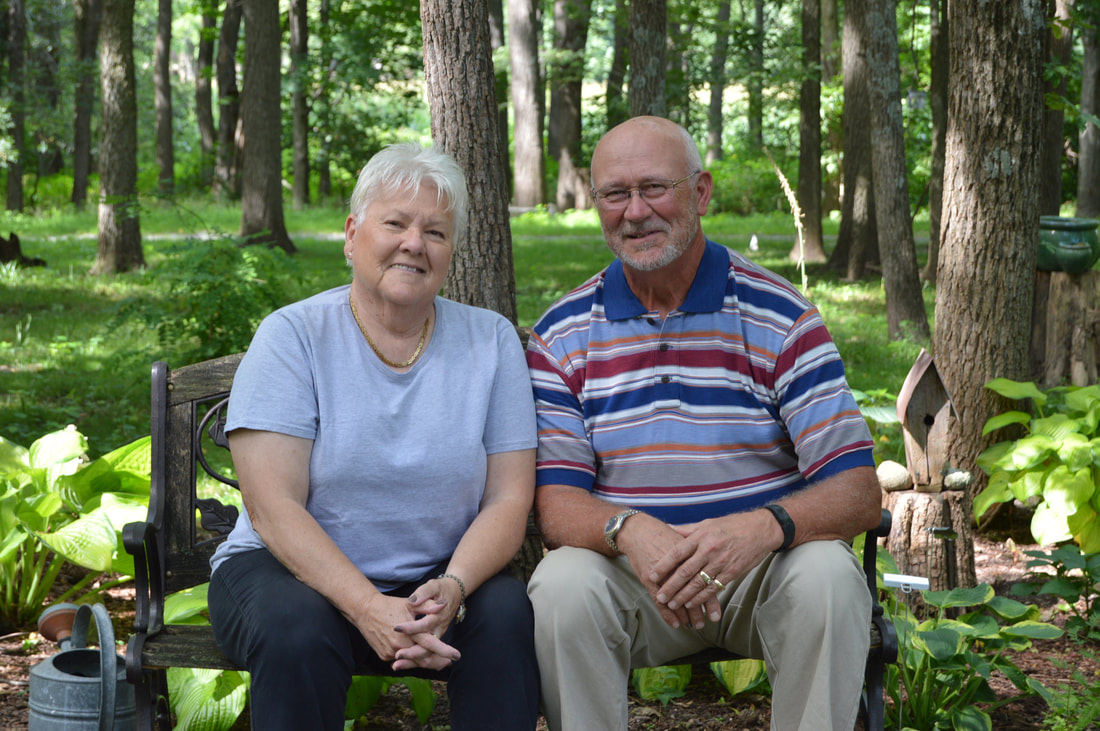
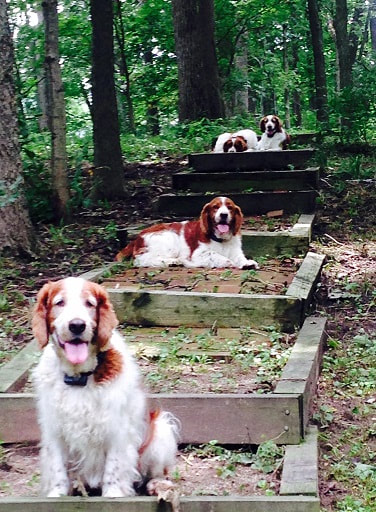
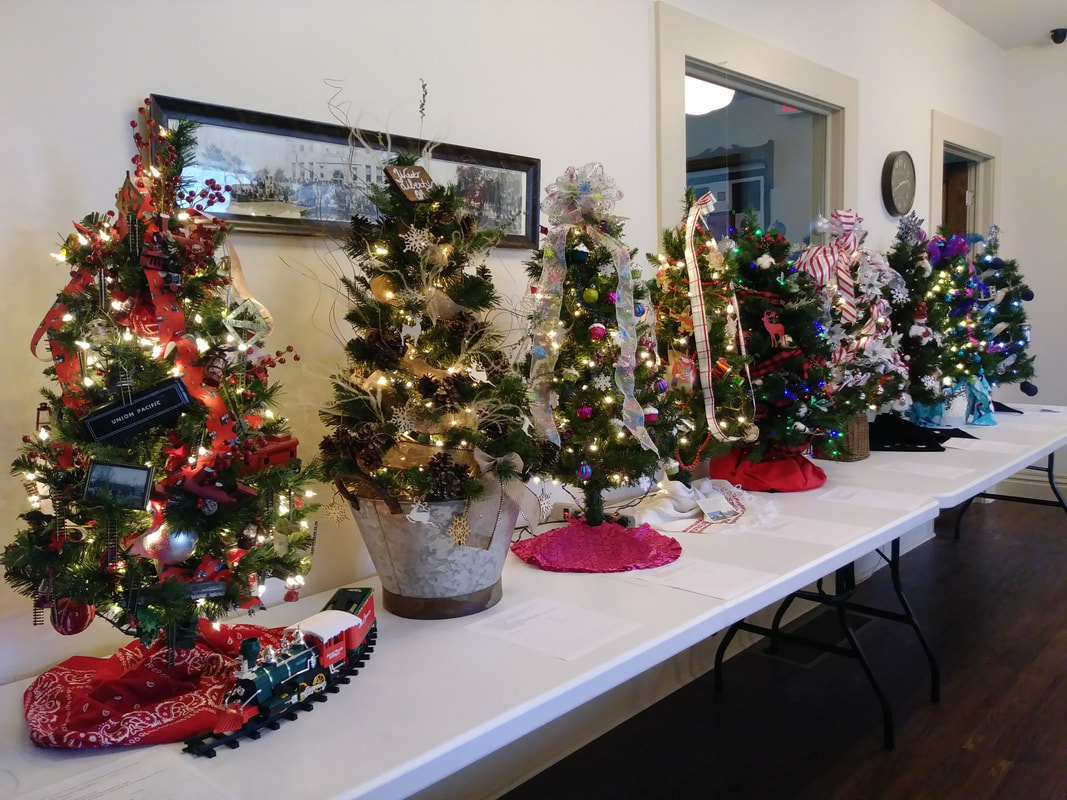
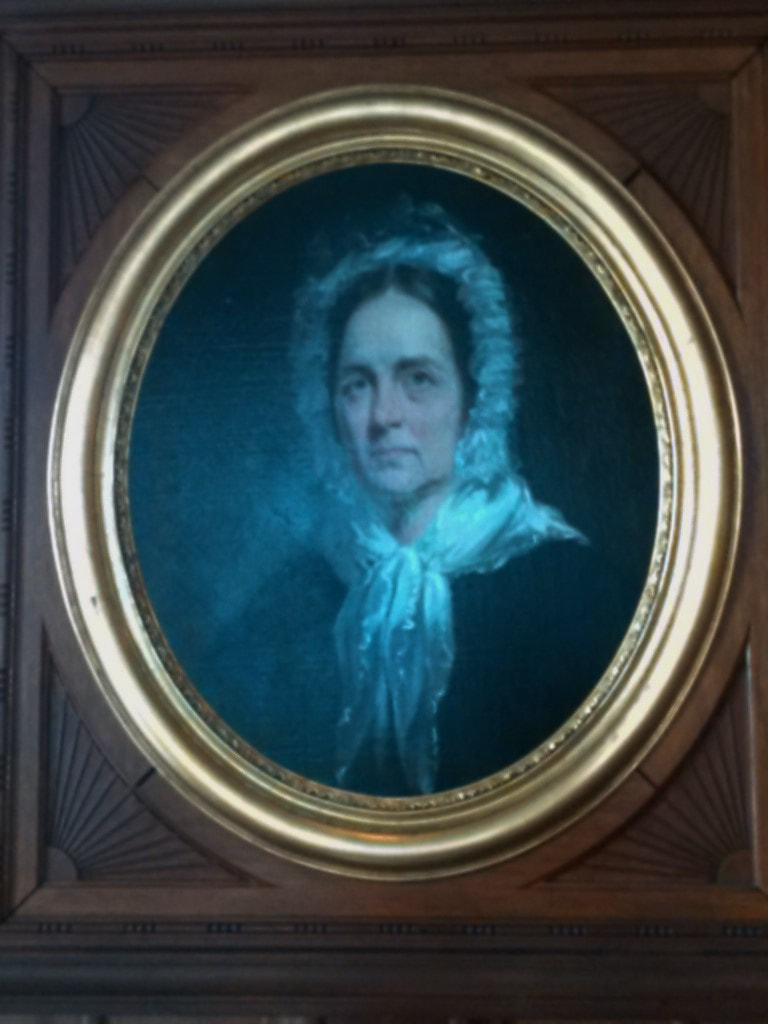
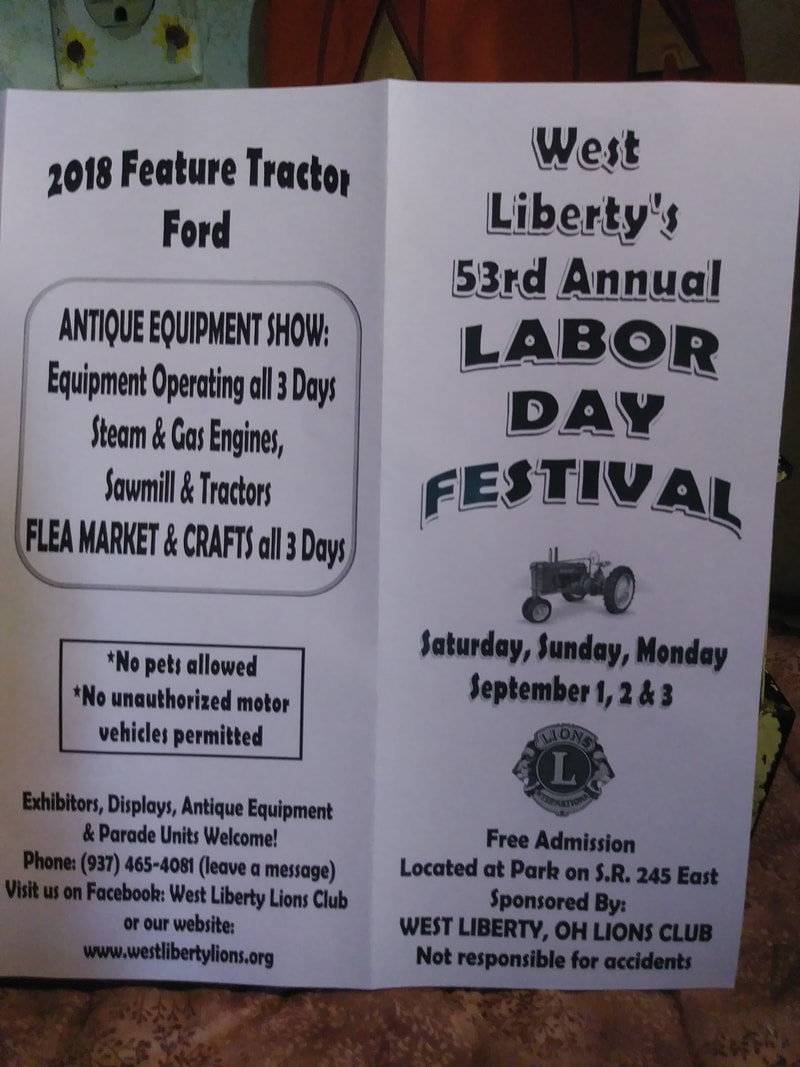
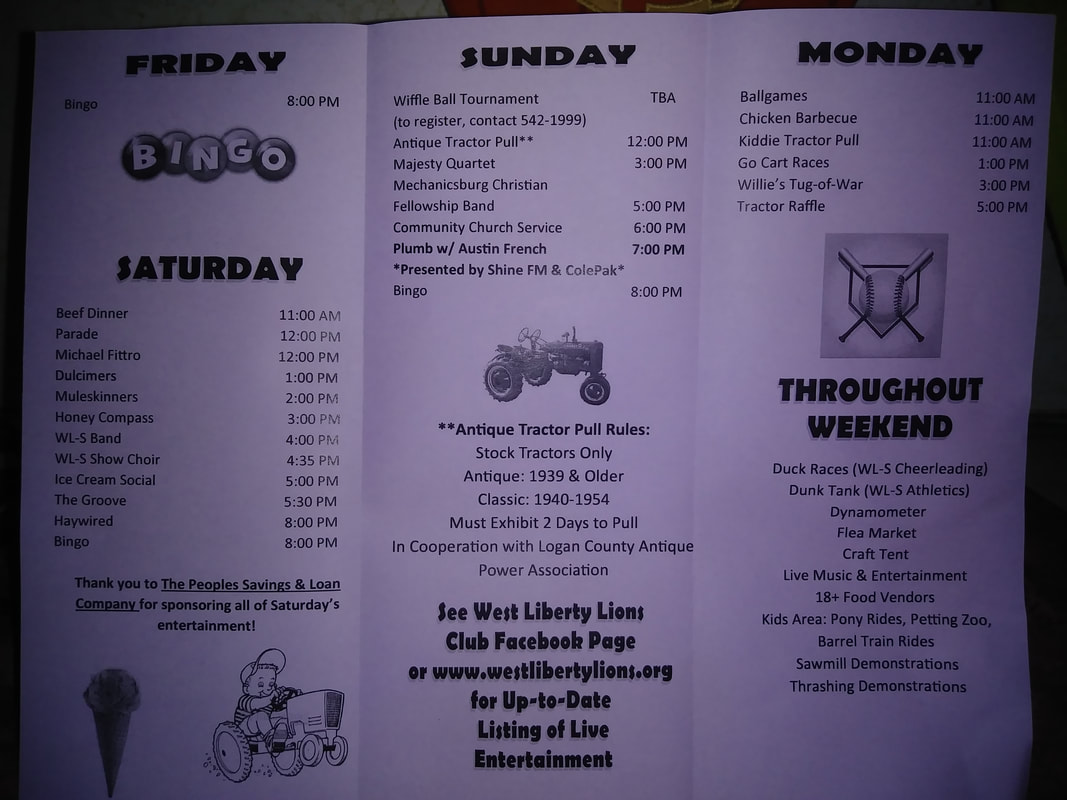
 RSS Feed
RSS Feed